What Is Inequality of Opportunity?
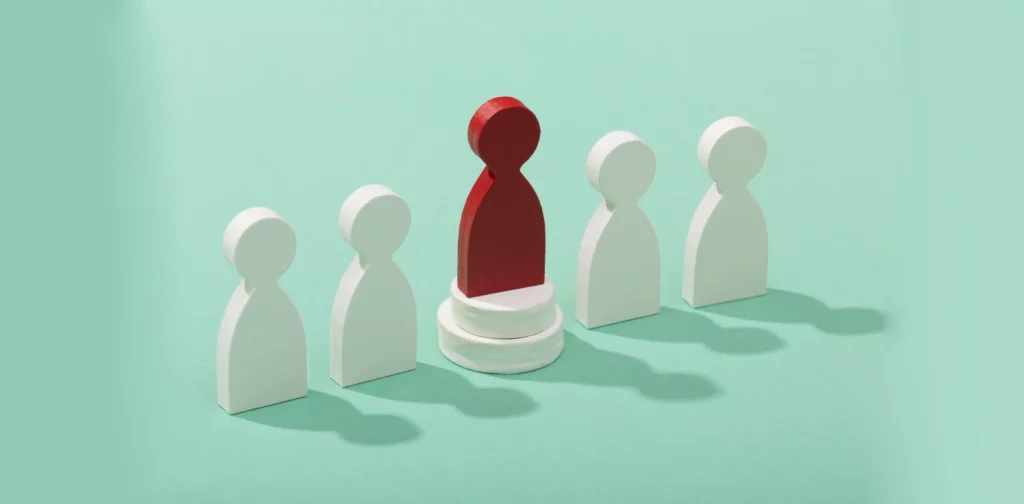
Photo: Freepik.
Throughout the course of our lives, we might dream of many things. Getting into a good school, having a high-paying job, settling in somewhere nice. However, circumstances beyond our control might get in the way, such as poverty, limited access to quality education, and lack of affordable healthcare systems. This illustrates how inequality of opportunity remains a persisting issue globally.
How the World is Divided
The world is unequal. The most glaring one is the economic disparity, with 700 million people living below the extreme poverty line of $2.15 per day. Meanwhile, 10% of the world’s wealth is owned by only 10% of its population.
At the same time, we all have heard the narrative that hard work determines success and wealth. However, attributing success to hard work alone risks overlooking other vital aspects. Access to quality education, healthcare, and nutritious food from birth to adulthood can also significantly boost people’s chances of thriving in life. Unfortunately, a huge portion of the global population is still deprived of these.
For instance, 30% of the total 250 million children worldwide who are not in school come from poverty-stricken Sub-Saharan Africa; research published in 2018 states that 8 million people die annually in low- and middle-income countries due to poor healthcare quality. In summary, the inability to access even the most basic necessities to survive can close the window of opportunities for those who want to improve their life quality and economic mobility.
The Inequality of Opportunity
In a report on inequality in the Asia-Pacific, the UNESCAP defines the inequality of opportunity as “the gaps in access to opportunities that depend on circumstances beyond a person’s control.” The circumstances range from places of birth and parents’ education to lack of access to decent work, education, and sanitation.
While hard work can indeed get people further in life, inequality of opportunity indicates that not everyone starts from the same line. Several aspects outside our control count as determining factors that decide people’s opportunities in life.
So, why does it matter? Because inequality of opportunity can hinder people from achieving a better life. It can also disrupt economic growth and sustainable development progress at the national and global scale. World Bank Senior Advisor Francisco Ferreira said, “If many potential scientists, engineers, and artists cannot access a decent education or basic healthcare early on because of the circumstances of their birth, that ultimately creates a cost for everyone in terms of wasted human and economic potential.”
Addressing the Issue
Reducing inequality is essential for sustainable development. Specifically, Target 10.3 calls for ensuring equal opportunity and reducing inequalities of outcome, including eliminating discriminatory laws, policies, and practices and promoting appropriate legislation, policies, and action. Ultimately, we cannot achieve sustainable development if we hinder people from having a better life.
Therefore, addressing inequality of opportunity is crucial. Governments, policymakers, researchers, and organizations must work together to bridge the data gap and implement systemic intervention in vital areas such as education, healthcare, and work. Reducing inequality at all levels of society is how we can truly achieve a better world where no one is left behind.
Editor: Nazalea Kusuma
Thank you for reading!
Green Network Asia – International Annual Individual Membership supports your personal and professional growth with unlimited online access to our “Exclusive Content” platform purposefully designed to showcase cross-sectoral insights on sustainable development and sustainability in the Asia Pacific and beyond. Enjoy the Membership benefits, including -but not limited to- public policy & regulatory updates, easy summaries of research findings & reports, and impact stories from governments, businesses, and civil society.

Kresentia Madina
Madina is the Assistant Manager for Membership at Green Network Asia. She graduated from Universitas Indonesia with a bachelor's degree in English Literature. She has three years of professional experience in editorial and creative content creation, editing, and research.


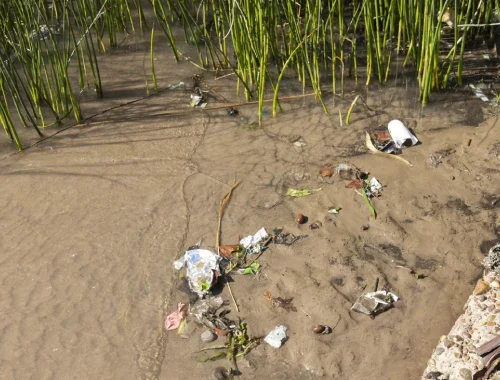 Upholding the Machángara River’s Rights of Nature Against Pollution
Upholding the Machángara River’s Rights of Nature Against Pollution  Accelerating Gender-Responsive Disaster Management with Sendai Gender Action Plan
Accelerating Gender-Responsive Disaster Management with Sendai Gender Action Plan  ASEAN and the EU Support Sustainable Connectivity with a Higher Education Program
ASEAN and the EU Support Sustainable Connectivity with a Higher Education Program 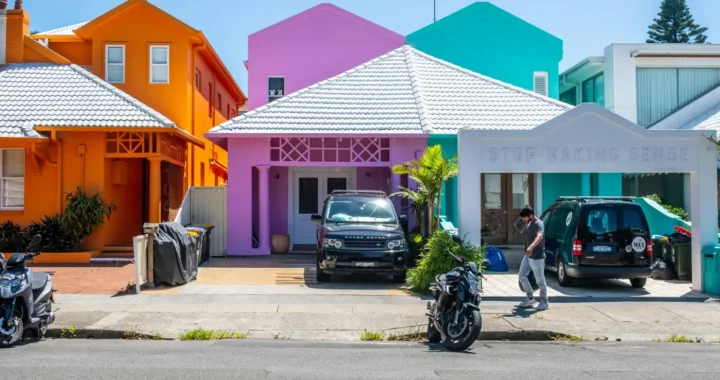 Australia Proposes Right to Housing Bill to Tackle Housing Crisis
Australia Proposes Right to Housing Bill to Tackle Housing Crisis 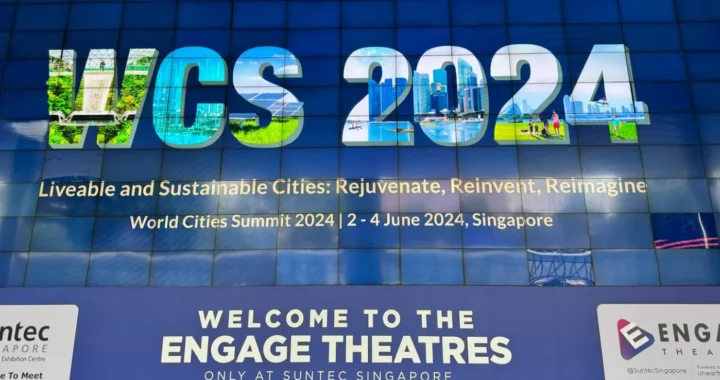 World Cities Summit 2024: A Trigger to Help Build a Sustainable Singapore
World Cities Summit 2024: A Trigger to Help Build a Sustainable Singapore 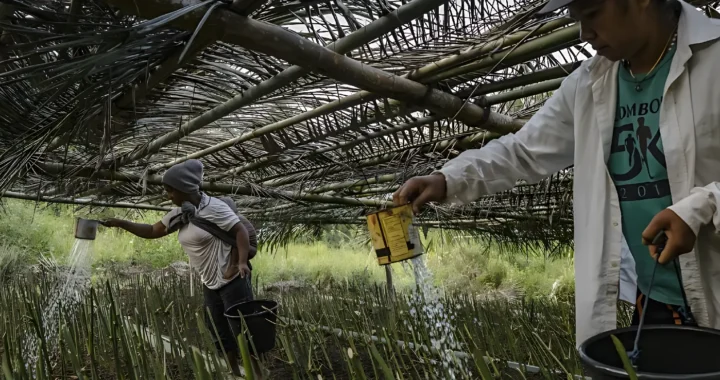 Mama Bambu: How Women in Flores, Indonesia Take Part in Environmental Conservation
Mama Bambu: How Women in Flores, Indonesia Take Part in Environmental Conservation